SOCIAL
A TikTok ban from the RESTRICT Act could hurt creators abroad
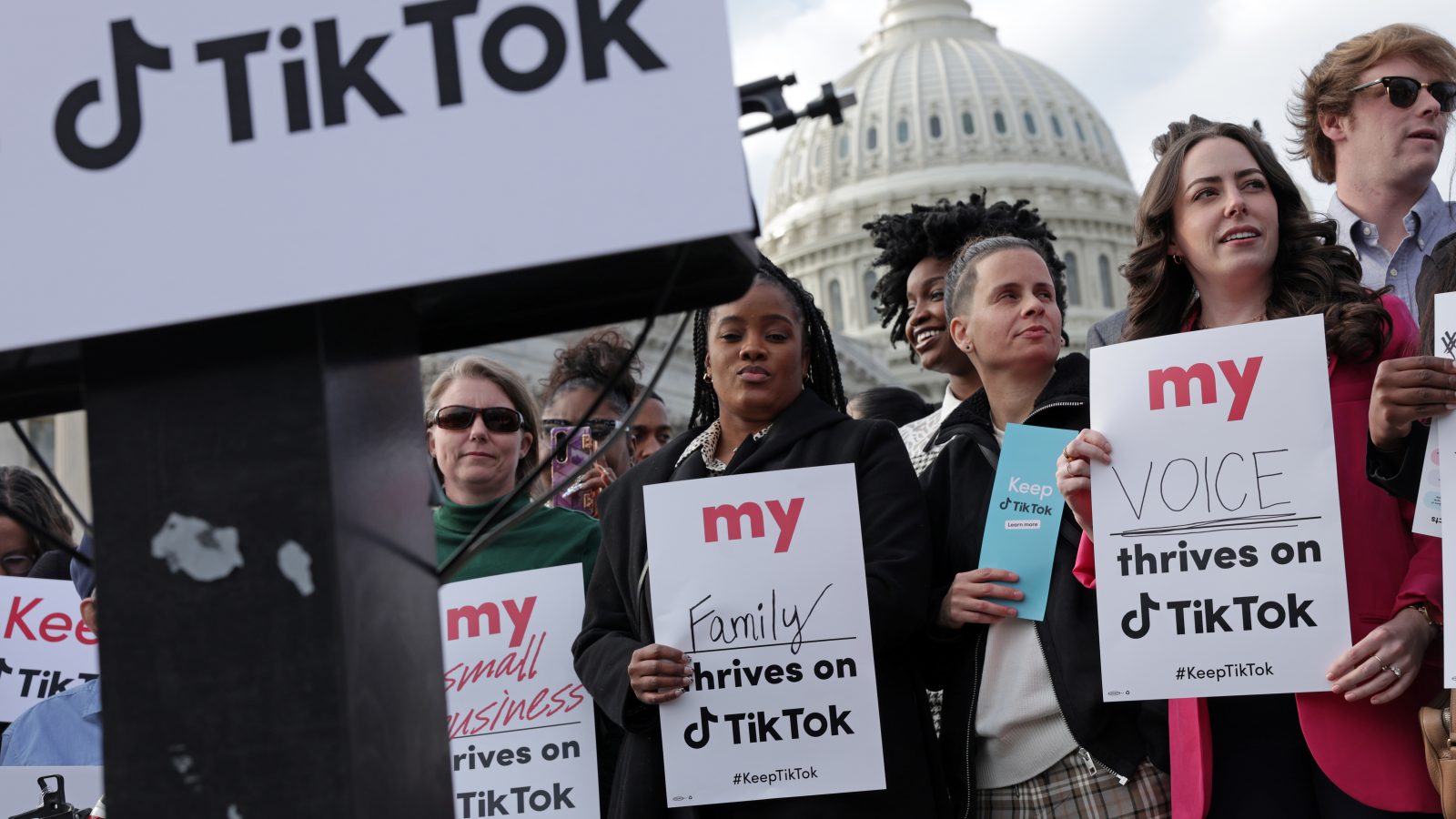
On March 22, dozens of popular TikTok creators gathered on the steps of the Capitol building in Washington to rally against the potential ban on the social media platform. This demonstration took place the day before the company’s CEO, Shou Zi Chew, testified before a congressional committee. The creators called the ban a threat to their livelihoods, and an act of censorship. TikTok covered travel expenses for those in attendance, but not all the creators who would be impacted by such a ban were represented.
Gilmher Croes, for one, tuned in to the hearing from his home in Aruba, a Caribbean nation located just miles from the coast of Venezuela. A full-time creator, his broad comedy and mix of pratfalls and thirst traps have gained him over 35 million followers on TikTok, placing him among the top 60 most-followed accounts in the world.
Croes estimates that roughly 15 million of those followers — over 40% — live in the U.S., which would make a national TikTok ban a considerable blow to his business. Unlike some TikTok creators who took to Washington last week, Croes has no Congressional representative to call.
https://www.tiktok.com/@gilmhercroes/video/7161059216923430186?lang=en
“It’s scary to think about, that you have a huge platform and it can go all away in one day,” Croes told Rest of World from his home in Oranjestad, the capital of Aruba. Croes said if a U.S. ban does go through, he’s hopeful he can adapt to other platforms. But he also showed concern for full-time creators with smaller followings that rely largely on their TikTok accounts for income. “It’s going to be harder for them. Maybe they can lose everything. Besides me, you know, there are a lot of people outside the U.S. that are really in deep trouble,” he said.
Lawmakers in the Senate are currently considering a bill called the RESTRICT Act, which is widely understood to create a pathway for a national TikTok ban. The Biden administration has already backed the bill, although it’s unclear when it could come to a vote. If passed, it would give the U.S. Commerce Department powers to review TikTok as a potential foreign security threat and restrict the platform. But while momentum has been steadily building behind a ban, the process has been slow, and it’s unclear how long it will take for the U.S. to act.
Still, any U.S. action against TikTok will have ripple effects for the platform as a whole, far beyond America’s borders. Cutting off TikTok’s U.S. audiences would be a huge blow to anyone counting on their views — particularly creators who depend on brand advertising deals that skew towards the U.S. market. As a result, creators like Croes are watching America’s slow progress towards a TikTok ban with bated breath.
“The American influencer marketing ecosystem generally sets trends for influencer marketing around the world. But there’s so much creativity and innovation on social media globally,” Angela Simaan, senior director of communications at Obviously, an international influencer marketing agency, told Rest of World. “One of the really wonderful things about social spaces like TikTok is how much collaboration and creativity is possible, regardless of language and national borders. We’ve seen that with so many different trends on the platform — a lot of the humor is cross-cultural.”
The most-followed TikTok account in the world, of Italian-Senegalese creator Khaby Lame, is almost solely made up of silent comedy videos.
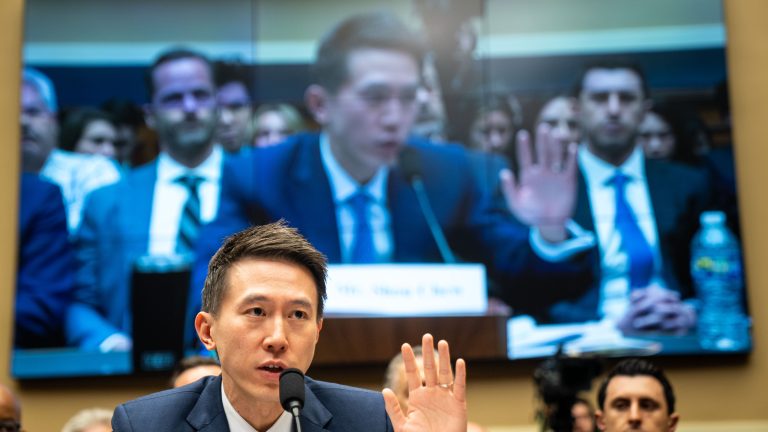
Kent Nishimura/LATimes/Getty Images
More than 150 million Americans use TikTok every month, according to new figures released by the company ahead of congressional hearings. That’s just a slice of the nearly 1 billion monthly active users on the platform globally — but it’s an important slice. The influencer marketing firm Obviously estimates that TikTok users in the U.S. watch over 1 billion videos per day. For creators like Croes, the American market can have an outsized impact on their earnings.
“I would say a lot of my deals are targeting my U.S. audience because most of my followers are U.S.-based,” Croes said, noting his past contracts with companies including the chain restaurant Chipotle and film studio DreamWorks Pictures. In addition to uploading sponsored videos through his account, he regularly creates videos for the accounts of U.S. corporate clients. “If TikTok gets banned, we’ll see how we’re going to figure this out — if they will still want to work with me or what will happen.”
The TikTok Creator Fund, which allows certain creators to earn money directly from the company, is currently only available to users based in the U.S, U.K., France, Germany, Spain, and Italy. That means creators in non-Western countries, like Croes, tend to be even more reliant on sponsored content and other brand deals to make money.
“Especially for creators outside the U.S., they have received this sense from brands that U.S. audiences are, quote unquote, more valuable,” Brooke Erin Duffy, an associate professor in the department of communication at Cornell University, who researches the creator economy, told Rest of World. “They feel this compulsion to cater both to their local communities, but also to participate in this system where brands seem to value and even valorize U.S.-based audiences.”
Natasha, who asked to use only her first name for security reasons, is no stranger to social media bans. As a creator working in Saint Petersburg, Russia, she lived through the departures of Facebook and Instagram last year, following the invasion of Ukraine.
While the use of TikTok continues to be heavily restricted among Russian users, Natasha has managed to maintain an audience of over 320,000 followers on the platform. All of her content is in English and most of it is a window into the daily lives of Russian citizens since the war began — the videos show the effects of sanctions as they hit the country and the impact of increased censorship. She estimates 80% of her audience is American.
“I was one of these bridges that connects people to reality a little bit,” she told Rest of World. She regularly receives messages from American followers, who ask her to post more often and send her “gifts” on TikTok livestreams, through which she makes the bulk of her earnings.
Natasha’s account was registered in the U.S. under her boyfriend’s name. She uses foreign SIM cards, and only connects to W-iFi and portable modems with VPNs in order to circumvent restrictions and keep her content circulating among American users.
“I feel like I’m sometimes watching Russians when they were discussing how to ban Telegram, and how to ban some social media — it was the same thing.”
A ban on TikTok would be a huge blow to her work as a creator, and she describes the current conversation in the U.S. with a sense of deja vu. “I feel like I’m sometimes watching Russians when they were discussing how to ban Telegram, and how to ban some social media — it was the same thing,” Natasha said. “There were some old people sitting there saying how this is harmful for our community and we’re going to ban it and asking stupid questions about social media. You feel they don’t understand anything.”
Natasha said she couldn’t stomach watching the full congressional hearing with TikTok’s CEO, and instead got updates from friends. “It just gives me so many flashbacks,” she said.
Due to the harassment she’s received as a Russian creator, Natasha has taken a break from posting on TikTok for her mental health. With talk of a ban, though, she’s now questioning whether she should come back at all, or begin migrating her audience to YouTube.
“Maybe I will go back just to tell them to follow me, like search for me on other platforms to get my audience, not lose them completely,” she said.
The experience of TikTok creators like Natasha could be described as a kind of platform dependence, according to David Nieborg, an associate professor of media studies at the University of Toronto. While Tiktok has provided unprecedented economic opportunity for creators globally, it has also made many reliant on the app for their livelihoods, and unsure of their economic future without it.
“Platform workers are always inherently in a deeply precarious position,” Nieborg told Rest of World. He describes the practice of migrating audiences to other platforms — whether Vine to Instagram, or TikTok to YouTube — as a common way for creators to mitigate risk.
Platforms owned by U.S. companies have the potential to reap huge benefits from a TikTok ban, in terms of both viewers and creators. Following India’s ban on TikTok and similar short-form video apps owned by Chinese companies, Instagram, YouTube, and a host of Indian-owned social media apps filled the vacuum left behind. Some U.S. TikTok creators have already claimed they are growing their audiences on Instagram Reels or YouTube Shorts — the TikTok clones launched by Meta and Google — to prepare for the ban.
Croes said he would do the same, though he’s skeptical most of his 15 million followers from the U.S. would follow him elsewhere, or if he could even get the word out. He claimed the videos he posts talking about other social media platforms do not circulate as well on TikTok.
“I’m just observing to see what will happen. And I’m confident that if something happens, I will keep going,” he told Rest of World. “I know there’s a lot of other platforms, so I always believe in my ability to adapt.”
SOCIAL
Snapchat Explores New Messaging Retention Feature: A Game-Changer or Risky Move?
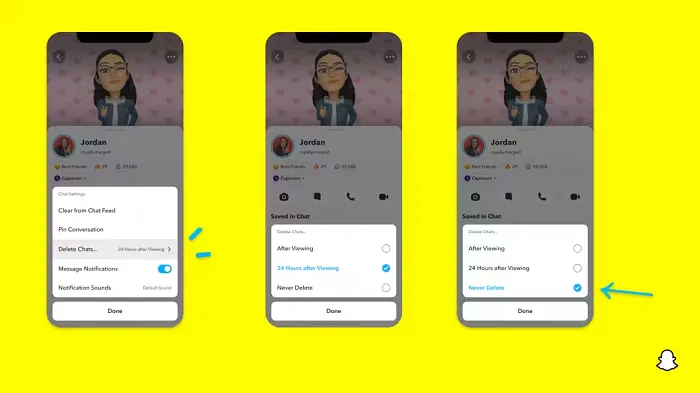
In a recent announcement, Snapchat revealed a groundbreaking update that challenges its traditional design ethos. The platform is experimenting with an option that allows users to defy the 24-hour auto-delete rule, a feature synonymous with Snapchat’s ephemeral messaging model.
The proposed change aims to introduce a “Never delete” option in messaging retention settings, aligning Snapchat more closely with conventional messaging apps. While this move may blur Snapchat’s distinctive selling point, Snap appears convinced of its necessity.
According to Snap, the decision stems from user feedback and a commitment to innovation based on user needs. The company aims to provide greater flexibility and control over conversations, catering to the preferences of its community.
Currently undergoing trials in select markets, the new feature empowers users to adjust retention settings on a conversation-by-conversation basis. Flexibility remains paramount, with participants able to modify settings within chats and receive in-chat notifications to ensure transparency.
Snapchat underscores that the default auto-delete feature will persist, reinforcing its design philosophy centered on ephemerality. However, with the app gaining traction as a primary messaging platform, the option offers users a means to preserve longer chat histories.
The update marks a pivotal moment for Snapchat, renowned for its disappearing message premise, especially popular among younger demographics. Retaining this focus has been pivotal to Snapchat’s identity, but the shift suggests a broader strategy aimed at diversifying its user base.
This strategy may appeal particularly to older demographics, potentially extending Snapchat’s relevance as users age. By emulating features of conventional messaging platforms, Snapchat seeks to enhance its appeal and broaden its reach.
Yet, the introduction of message retention poses questions about Snapchat’s uniqueness. While addressing user demands, the risk of diluting Snapchat’s distinctiveness looms large.
As Snapchat ventures into uncharted territory, the outcome of this experiment remains uncertain. Will message retention propel Snapchat to new heights, or will it compromise the platform’s uniqueness?
Only time will tell.
SOCIAL
Catering to specific audience boosts your business, says accountant turned coach
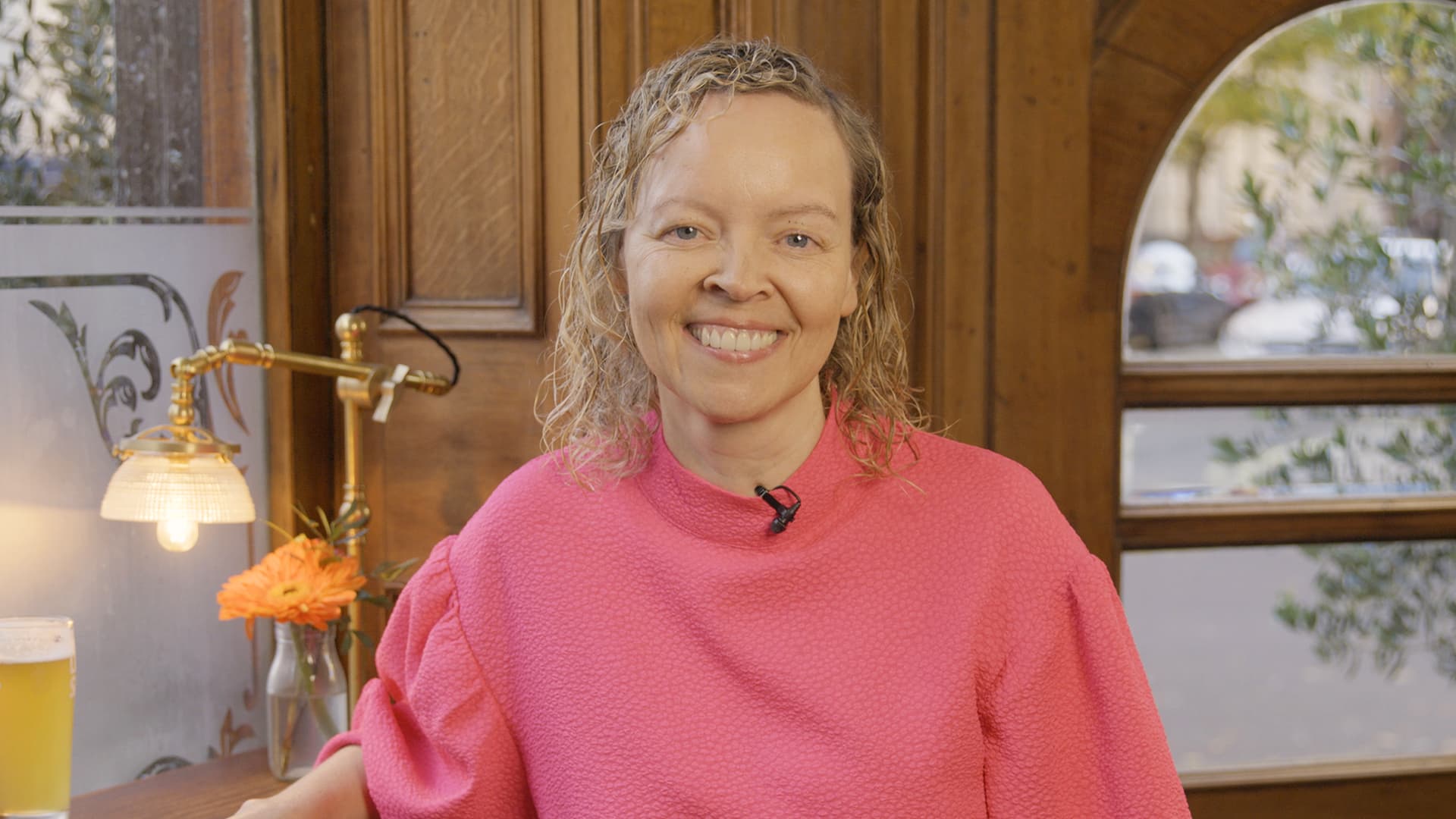
While it is tempting to try to appeal to a broad audience, the founder of alcohol-free coaching service Just the Tonic, Sandra Parker, believes the best thing you can do for your business is focus on your niche. Here’s how she did just that.
When running a business, reaching out to as many clients as possible can be tempting. But it also risks making your marketing “too generic,” warns Sandra Parker, the founder of Just The Tonic Coaching.
“From the very start of my business, I knew exactly who I could help and who I couldn’t,” Parker told My Biggest Lessons.
Parker struggled with alcohol dependence as a young professional. Today, her business targets high-achieving individuals who face challenges similar to those she had early in her career.
“I understand their frustrations, I understand their fears, and I understand their coping mechanisms and the stories they’re telling themselves,” Parker said. “Because of that, I’m able to market very effectively, to speak in a language that they understand, and am able to reach them.”Â
“I believe that it’s really important that you know exactly who your customer or your client is, and you target them, and you resist the temptation to make your marketing too generic to try and reach everyone,” she explained.
“If you speak specifically to your target clients, you will reach them, and I believe that’s the way that you’re going to be more successful.
Watch the video for more of Sandra Parker’s biggest lessons.
SOCIAL
Instagram Tests Live-Stream Games to Enhance Engagement
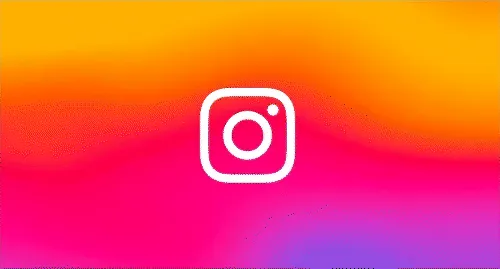
Instagram’s testing out some new options to help spice up your live-streams in the app, with some live broadcasters now able to select a game that they can play with viewers in-stream.
As you can see in these example screens, posted by Ahmed Ghanem, some creators now have the option to play either “This or That”, a question and answer prompt that you can share with your viewers, or “Trivia”, to generate more engagement within your IG live-streams.
That could be a simple way to spark more conversation and interaction, which could then lead into further engagement opportunities from your live audience.
Meta’s been exploring more ways to make live-streaming a bigger consideration for IG creators, with a view to live-streams potentially catching on with more users.
That includes the gradual expansion of its “Stars” live-stream donation program, giving more creators in more regions a means to accept donations from live-stream viewers, while back in December, Instagram also added some new options to make it easier to go live using third-party tools via desktop PCs.
Live streaming has been a major shift in China, where shopping live-streams, in particular, have led to massive opportunities for streaming platforms. They haven’t caught on in the same way in Western regions, but as TikTok and YouTube look to push live-stream adoption, there is still a chance that they will become a much bigger element in future.
Which is why IG is also trying to stay in touch, and add more ways for its creators to engage via streams. Live-stream games is another element within this, which could make this a better community-building, and potentially sales-driving option.
We’ve asked Instagram for more information on this test, and we’ll update this post if/when we hear back.
-
SEARCHENGINES6 days ago
Daily Search Forum Recap: April 19, 2024
-

 WORDPRESS7 days ago
WORDPRESS7 days agoHow to Make $5000 of Passive Income Every Month in WordPress
-

 WORDPRESS6 days ago
WORDPRESS6 days ago13 Best HubSpot Alternatives for 2024 (Free + Paid)
-
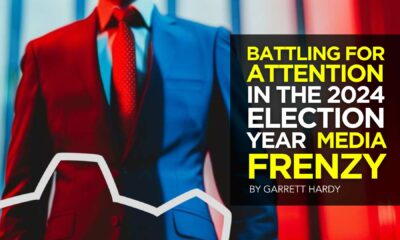
 MARKETING6 days ago
MARKETING6 days agoBattling for Attention in the 2024 Election Year Media Frenzy
-

 WORDPRESS6 days ago
WORDPRESS6 days ago7 Best WooCommerce Points and Rewards Plugins (Free & Paid)
-

 AFFILIATE MARKETING7 days ago
AFFILIATE MARKETING7 days agoAI Will Transform the Workplace. Here’s How HR Can Prepare for It.
-

 MARKETING7 days ago
MARKETING7 days agoTinuiti Marketing Analytics Recognized by Forrester
-

 SEO6 days ago
SEO6 days agoGoogle Answers Whether Having Two Sites Affects Rankings













